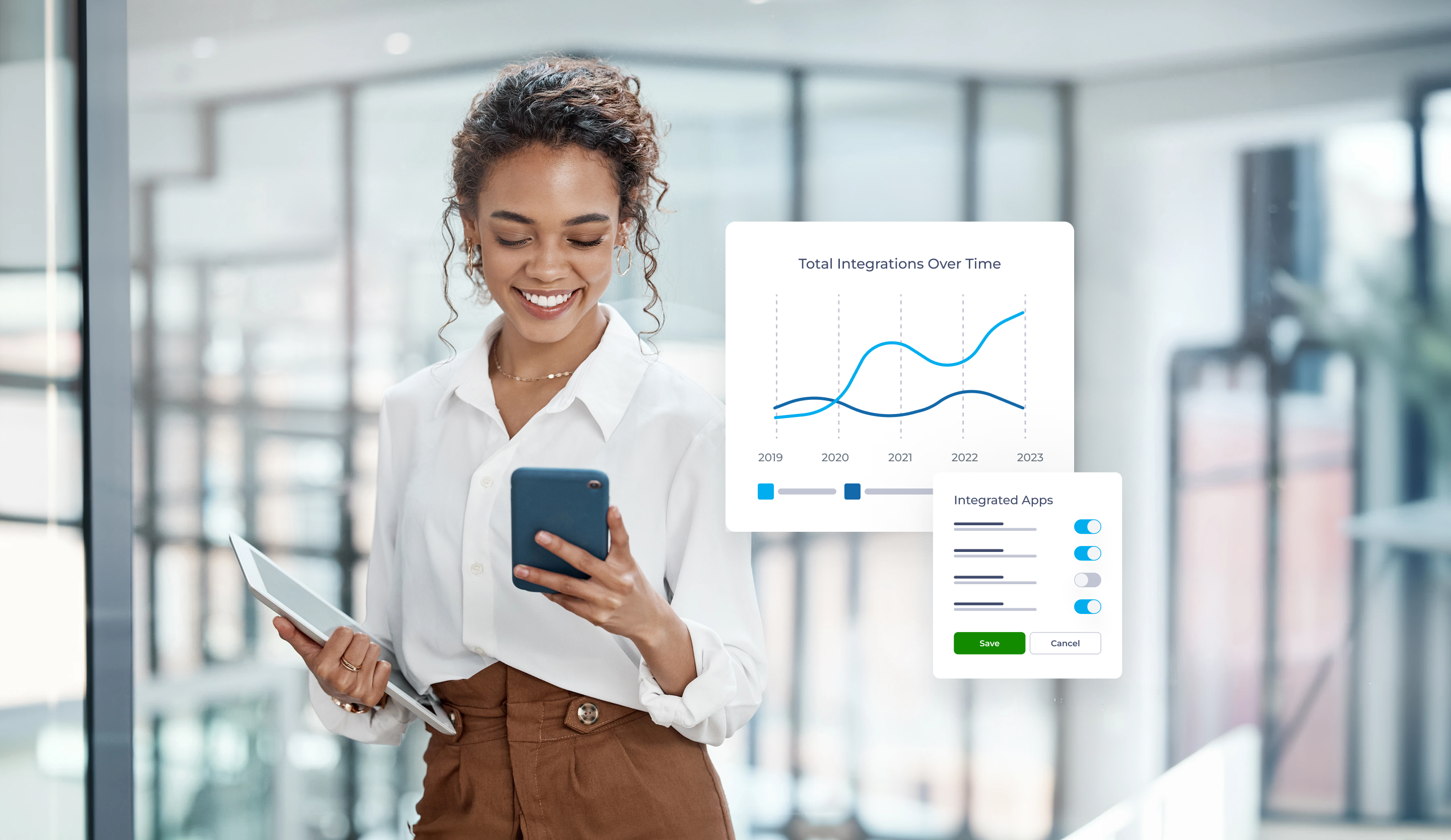If you made your eLearning courses before 2016, chances are the end of Flash® Player is already impacting how your LMS courses are performing. That's because while Adobe is set to end Flash at the end of 2020, browsers have already been pulling support. That leaves organizations with eLearning courses running on Flash scrambling for a fix. The good news: converting Flash courses to HTML5 can help ensure content still engages and resonates with your learners. With the clock ticking, now's the time to start planning how your organization will handle the Flash course conversion process. It's important to start immediately so learners can continue to access and gain insights from your courses without glitchy interruptions.
Step 1: Gauge Flash's Impact on Courses
The impact of Flash ending depends on how many courses contain Flash elements. If you're not sure if a course uses Flash, right click on any specific course and verify if a Flash menu pops up. If you see "About Adobe Flash Player" in the drop-down menu, it's time to put a conversion game plan together as soon as possible. Add it to a list of courses that need to be updated. You should also prioritize the courses, so the most important, time-sensitive courses will be converted first. Download this useful planner to prioritize which courses should be converted first.
Step 2: Weigh Options for Saving Flash Content
The routes you take to save your content can also vary. Some content is more complex than others. A slideshow-style module with little Flash-based interaction might be very simple to turn into a different file type. Converting to an HTML5 file type is the industry standard. More complex modules built almost entirely using Flash will require a partially or entirely new build to make the course function and engage learners. Many companies are viewing this required conversion process as an opportunity to update the content itself. However, keep in mind conversion is a difficult process. Only experienced instructional design professionals should undertake the project. If you don't have in-house designers you can rely on, consider outsourcing to experts who can make the process more turnkey.
Step 3: Follow These Conversion Process Best Practices
Locate all assets associated with Flash courses –
Having access to the original asset files will make it easier for your instructional designer or course developer to simply rebuild the courses and export them to HTML5.
Decide the level of conversion each course needs –
You must either convert the original content to match an HTML5 format or rebuild the course if the original content is unavailable.
Identify opportunities to improve courses –
Examine content, images, videos, sound/music, transitions, branding and mobile responsiveness when determining if there's room to improve courses during the conversion.
Step 4: Touch Base with Stakeholders
Use the information you've gathered and create a final plan for stakeholders. Coordinate with key players such as HR-decision makers, LMS admins and instructional designers to ensure everyone is on the same page before the actual conversion process begins. Decide what time and resources you need from each stakeholder to complete the process smoothly. Include any hired instructional designers in the planning, as they provide valuable knowledge and experience. Think of this course conversion process as an opportunity to review and update your course library, while ensuring your learners are getting the best experience.
Help is Here
If you have any questions about the conversion or would like the experienced Absorb Learning Solutions team to handle the whole process for your organization, reach out to hear how we can help.







